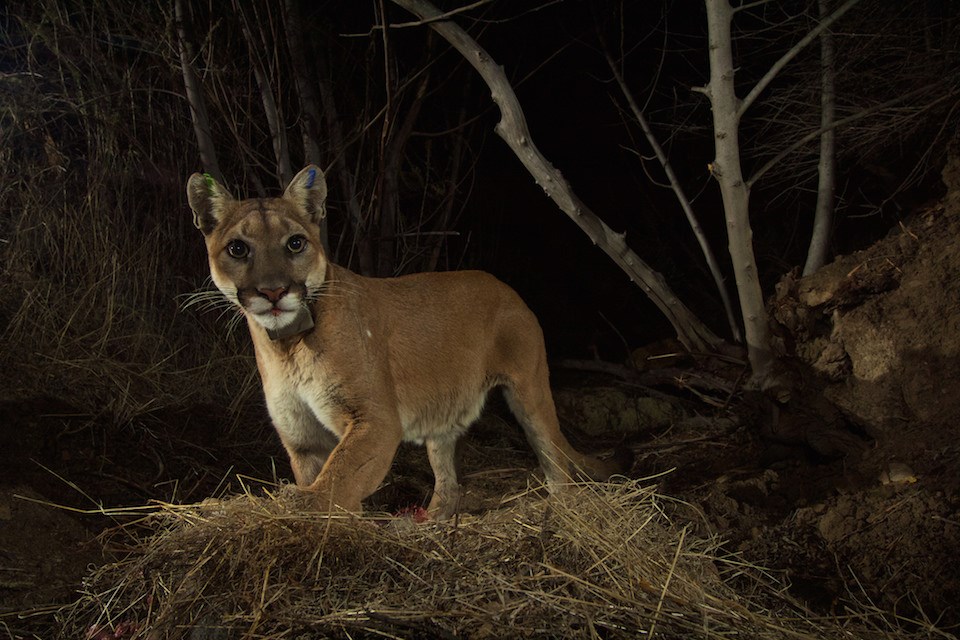Room to Roam Act

Over the weekend Governor Newsom signed into law the “Room to Roam Act” authored by Assemblymember Laura Friedman (A.B. 1889). This legislation requires local governments to consider and implement measures to protect wildlife connectivity as part of their general plan. This legislation amplifies ForestWatch’s ongoing efforts to help local cities within Ventura County, and elsewhere, to adopt a wildlife ordinance. We would like to thank our supporters who sent over 5,500 emails to various elected officials, committees, and most recently to Governor Newsom, ensuring this legislation made it over the finish line.
Mindful Planning for the Future
The Room to Roam Act requires local governments to plan strategically and mindfully with their surrounding environments. In recent decades, overdevelopment has severely fragmented wildlife habitat, making it increasingly difficult for many species to move freely across the landscape to find food, shelter, mates, and refuge from natural disasters. This fragmentation has, in some cases, pushed certain species to the brink of local extinction. This legislation aims to ensure a harmonious balance between the environment, human development, and promote coexistence with wildlife.
ForestWatch Spearheads Wildlife Connectivity Efforts Locally
For several years, ForestWatch has been dedicated to promoting wildlife corridors and habitat connectivity in Ventura County. Recently, we published the “Protecting Wildlife Corridors in Ventura County” storymap, which outlines our efforts, explains why they are necessary, and highlights the challenges we still face. The Los Padres National Forest is home to at least 27 species protected under the Endangered Species Act, the highest number compared to any other national forest in California. Together, the Los Padres National Forest, Angeles National Forest, and the Santa Monica National Recreation Area support a diverse array of wildlife species that depend on movement to survive.
In 2019, the Ventura County Board of Supervisors adopted new ordinances that add additional layers of protection to known wildlife corridors identified in the South Coast Missing Linkages Report. However, these existing protections only apply to lands within Ventura County’s jurisdiction. Corridors within incorporated city boundaries are not covered by the ordinances. We identified three critical wildlife corridor chokepoints within city jurisdictions, and we are now actively working with the city officials to address them.
Now, with the recent passage of the Room to Roam legislation, we are working to boost momentum in these efforts by encouraging and supporting additional jurisdictions near the Los Padres National Forest to take action.
Poison-Free Wildlife Act
Governor Newsom also signed A.B. 2552, the Poison-Free Wildlife Act, which expands an existing moratorium on anticoagulant rodenticides—commonly known as blood-thinning rat poisons. These substances unintentionally harm wildlife and in severe cases can be fatal due to secondary poisoning. Wildlife, such as mountain lions and San Joaquin kit foxes— which are found in the Carrizo Plain National Monument and the Los Padres National Forest—can unknowingly ingest poisoned rodents leading to their own poisoning. This bill aims to alleviate this human cause burden on wildlife, creating a much safer environment and ecosystem for all. Both bills demonstrate the state’s commitment to learning to coexist with wildlife.








Comments are closed.